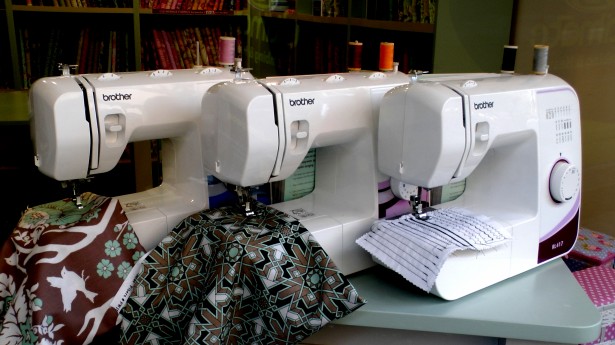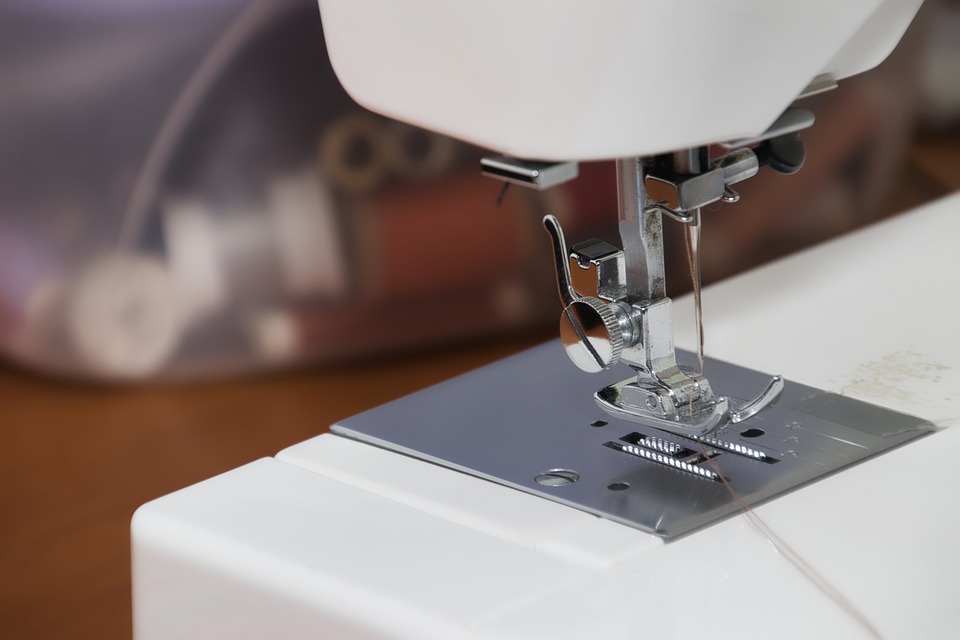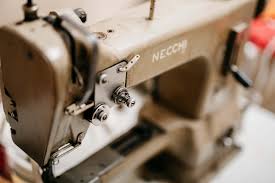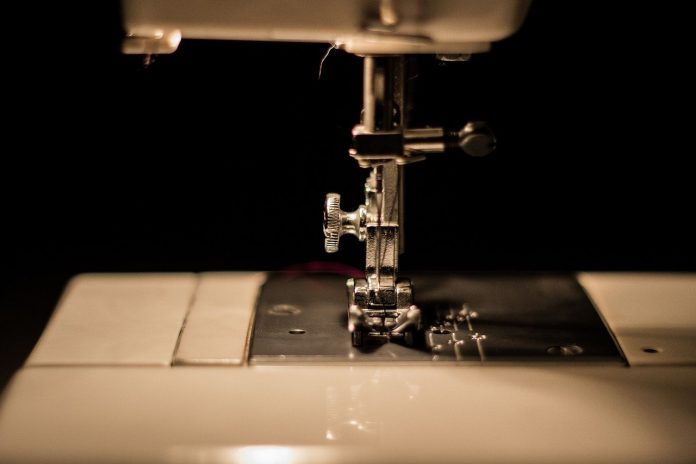What is a sewing machine?
You must know the basics of how an appliance works before you can learn how to use it. Not only would this help you to understand different parts of the appliance, but it would also help you become familiar with it. Even though sewing machines are common, we seldom know what they are or, perhaps, we don’t know the formal definition of what a sewing machine is.
Essentially, a sewing machine is an appliance that makes it possible to sew two pieces of fabric together by using a thread.
What should you expect to pay for a quality sewing machine?
Computerized models begin at about $160, while mechanical models begin at about $60. A high-quality sewing machine will set you back at least $150, while quilting & embroidery devices designed for professional, commercial, or specialized use can possibly cost between $1,000 and $5,000.
What does a sewing machine do?
You will be able to learn about how sewing machines or thread work and how stitches are created in this article. Each stitch is formed by repeated steps resulting in a neat seam.
Below is an illustration of a single stitch.
- (Assuming the needle is already threaded) passes through the fabric with the thread.
- A needle punches a fabric containing thread and a hook extends from the rotatory shuttle. The hook takes the thread, moves to the point that it creates a loop, and then the thread is removed.
- Within the rotatory shuttle, another thread is supplied and locked onto the thread coming from the Needle as the loop is formed.
- After the needle has moved up and tightened the thread, it forms a beautiful stitch. We sew the fabric together by repeating this process over and over again.

Parts
The following image will give you an idea of what lies inside a sewing machine. There are of course a variety of parts in modern sewing machines, but these are the most important.
Needle:
An important part of a sewing machine is the needle. It is the smallest and the most basic element. With the help of a screw, the needle is attached to the needle bar, and when it punctures the fabric, it stitches the fabric. Sewing machines can be used for a variety of different materials. For every sewing machine, a number is assigned based on the materials. Needle size of 8 to 18 is considered fine in the American system, while 18 is considered the largest. Among the sewing machines, you will need for chiffon is a 9-number machine; the one for canvas/denim will be a 16-number machine.
Needle Bar:
There is something attached to the needle called a needle bar. When you sew the material, the needle bar allows you to move the sewing machine up and down. By screwing into the needle bar, the needle is attached to the bar.
Needle plate made of metal:
For sewing light or heavy materials, the needle plate is an important component. A spreader is a device that allows you to easily and comfortably sew fabric. Sewing can make crafting more manageable when you are crafting.
Read More: Here you will find all the information about Maid Sama Season 2 Release Date, Cast, and Plot
Presser Foot:
You get nice and clean stitches with a pressing foot because it holds the fabric tight. Additionally, you can push the fabric backward as you stitch. For different purposes, presser feet are available in several varieties. You can use a pressing foot, for instance, for buttonholes. It’s also pretty easy to change the presser foot. Presser feet are available as accessories with some sewing machines.
Bobbin:
In addition to the bobbin, the sewing machine also has a foot pedal that allows for stitching. Most sewing machines come with easy-to-use bobbin winding systems, so threading bobbins is pretty simple. The shuttle case encloses the device, which is the next thing we need to discuss.
Thread feed:
It is imperative that a sewing machine has a comfortable threading system to stitch smoothly. Several channels must be crossed before the thread reaches the needle, so the thread has to be threaded sequentially. In some circumstances, missed channels can lead to crooked stitches and thread breaks.

Setting the tension of a thread:
Thread tension for sewing machines should be set at the optimum otherwise they will break thread constantly. It is possible for the thread to be released accessibly with a low thread tension, which results in uneven stitches, especially the bottom stitch.
Controls stitch length:
Stitch length is controlled by the stitch length controller. In a mechanical sewing machine, the stitch length is controlled by the rotatory dial, which is attached to the front side. That dial can be turned towards or away from you to change the stitch length. A smaller stitch length is good for lighter fabrics; however, a longer stitch length is better for heavier materials, such as leather.
Reverse stitch lever:
The reverse stitch lever can be found on most sewing machines that feature reverse stitching. In this way, the stitches are reinforced so they do not rip easily. Leather, which needs to be stitched tightly, is a perfect application for this tool.
Speed Control for Stitching:
An electronic sewing machine has a rotary dial that controls stitch speed. A stitching speed controller is integrated into some computerized sewing machines, however. Increasing or decreasing stitching speed is as simple as tapping the screen. A SINGER 4423 sewing machine can sew 1,100 stitches per minute and can sew with an automatic needle threaded.
A guide to using a sewing machine:
Before you begin sewing, read the manual that comes with your sewing machine to learn how to thread it. To thread your sewing machine, the instruction manual describes each step in detail. A complete explanation of the threading channels will also be provided.
Likewise, the bobbin is threaded into the shuttle and also threaded into the machine. Sewing is now ready for you.
Step 1: Pick up your fabric for stitching.
Step 3: Begin stitching below the presser foot where you want to begin. Sewing the fabric begins when the presser foot lever is pulled down.
Step 4: Metal plate with straight stitch guidelines. Make sure the fabric is lined up with the lines on the metal plate.
Step 5: The machine will move backward and stitch the fabric if you push the pedal once everything is ready. If you want to stitch faster/slower, adjust the stitch speed.
Step 6: Make sure the needle is down (inside the fabric) when the machine reaches the endpoint and has to take a 90-degree turn.

After all of the materials have been prepared, press the pedal to start stitching and move the fabric backward. If you want to stitch faster/slower, adjust the stitch speed.
Then, both the presser foot lever and the fabric lever should be pushed down to secure the fabric. Finish the fabric by stitching straight again.
What is the best sewing machine for beginners?
You are probably new to sewing and would like to learn (since you are reading this article). Our list of the best sewing machines especially for beginners is a great place to start if you are looking for a machine for beginners.


















